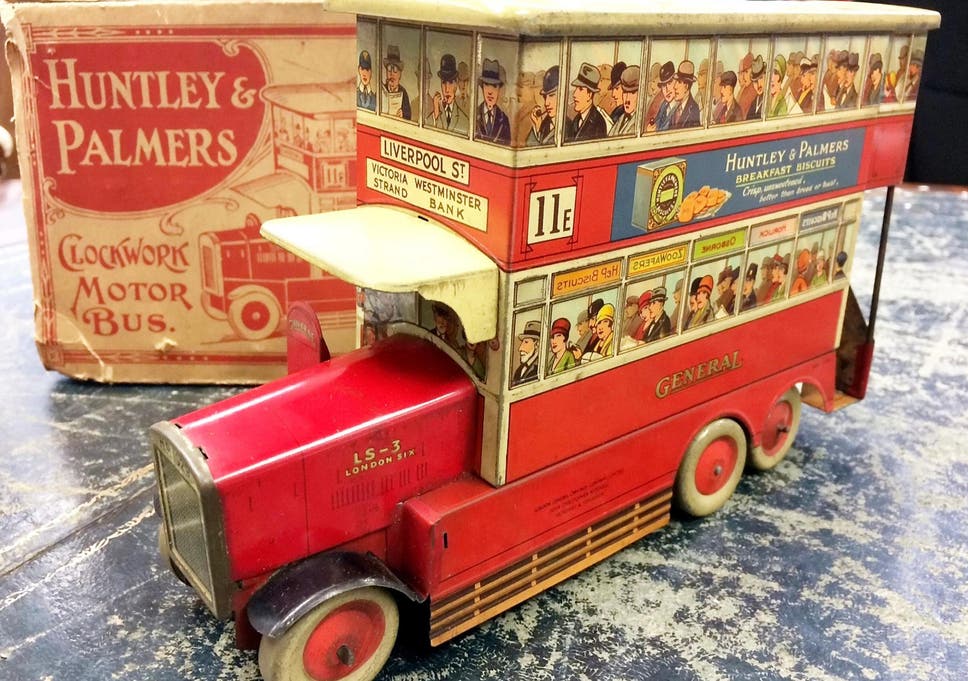In 1907, Hariprabha Basu Mallick (1890-1972), a young Brahmo middle class
woman from Dhaka, fell in love and married Oemon Takeda (1875-1949), a Japanese
soap maker, who was hired as a manager by her father. Her progressive Brahmo
family strongly believed in constructive social work. Apart from establishing
this soap factory, they also ran a home for destitute women, Matri Niketan
in Dhaka. In fact, Hariprabha, before and after her marriage, was closely
associated with this home for women. It is not clear exactly how Oemon reached
India or Calcutta but during the Swadeshi movement (1905-11), a number of new
age soap factories came up in Dhaka, including the Bulbul Soap Factory, where
Oemon was employed. After their marriage, Oemon set up his own Dhaka Soap
Factory.
 |
| Rabindranath Tagore in Japan, 1916 |
This unlikely marriage between a Japanese chemist and a young Bengali
woman in Dhaka needs to be seen in the overall context of Bengal’s fascination
with Japan at that point. Rise of Japan as an Asian power – as attested by
Japan’s victory against Russia in 1904-05 – had captured the imagination of
Bengal, then in the throes of the Swadeshi movement. Umpteen number of Bengali
children born around the turn of the century had their nicknames after prominent
Japanese war heroes and politicians. One of the major planks of Swadeshi in
Bengal was economic self-reliance through both traditional means and modern
technology. Japan appeared to be a role model in that respect too. Bengalis
collected money to send talented youngsters to Japan to learn new technologies.
Some of them came back to play pioneering roles in new industries like
machine-made potteries or chrome tanning. They also welcomed Japanese
technicians proficient in various trades like Oomen.
 |
| Okakura Kakuzo (1863-1913) |
For Rabindranath,
Bengal’s premier cultural icon, Japan remained a lifelong obsession. Interaction between him and the famous Japanese artist and art critic Okakura in
Calcutta in the early twentieth century inaugurated the Indo-Japan relations in
modern times. Rabindranath visited Japan four times and was hailed as a symbol
of rising Asia (later on, his stringent criticism of rabid nationalism
compelled Japanese intellectuals in turn to criticise him and begin their own
introspection). Japanese culture left an indelible imprint on Rabindranath – he
started writing short poems in Japanese fashion (haiku) and introduced in
Shantiniketan, Japanese style ink and wash paintings, flower-designing
(Ikebana), marshal art (Jujutsu) and carpentry with Japanese teachers. Apart
from Rabindranath, Okakura Kakuzo (also known as Okakura Tenshin) developed
close friendship with stalwarts of Bengali socio-cultural life, including Swami
Vivekananda, Sister Nivedita and painters like Abanindranath and Gaganendranath.
Okakura also developed a romantic liaison with Priyambada Debi (1871-1935), a
leading Bengali poetess and she translated Okakura’s famous book The Book of
Tea in Bengali.
 |
| Rabindra-Okakura
Bhavan in Kolkata, inaugurated by Prime Minister Abe in 2007, was a result of
lifelong efforts of Tagore scholar Prof Kazuo Azuma (1931-2011), who spent long
years in Shantiniketan |
Five years after her marriage, Hariprabha sailed with her husband and
some of his Japanese friends to meet her in-laws. This was the first known
voyage of a South Asian woman to Japan in modern times. After a long journey,
they finally reached Oemon’s family in a village near Nagoya. Despite the
language barrier, Hariprabha was warmly welcomed by her mother-in-law and other
relatives of Oemon. Hariprabha, in turn, observed the Japanese social life
through her keen eyes. In those days, the Japanese, particularly outside the
major cities, had seen very few foreigners. Their visit had naturally been a
matter of popular interest and a Japanese newspaper, Kobe Yushin Nippo
had published an interview of the couple. Three years after her maiden voyage
to Japan, in 1915 she published what seems to be a rather straight forward
account of what she saw in Japan.
 |
| First Edition of Hariprabha's book, proceeds were to be used for Matri Niketan |
Published by her sister Shantiprabha, Banga Mahilar Japan Jatra (Journey
of a Bengali Woman to Japan) was not the first or the only account of Japan
travel in Bengali. At least two Bengalis had published their travelogues by
1910 – Japan Probas by Manmathanath Ghosh (1882-1944) and Japan
by Sureshchandra Bandopadhyay (1882-?). A
number of eminent Bengalis had visited Japan either before her or around the
same time – the list includes Swami Vivekananda, who was perhaps the earliest,
followed by scientist Jagadish Chandra Bose, historian Jadunath Sarkar and
social scientist Benoy Kumar Sarkar, who in 1923 published a large scholarly
book on Japan titled Nabin Asia r Janmadata Japan (Japan, the Mother of
New Asia). Rabindranath’s much-acclaimed account Japan Jatri (A Sojourn
to Japan) would come out in 1919, three years after her first visit to the land
of rising sun.
But what sets Hariprabha’s story apart is her unique perspective – none
of the others could gain entry into Japanese social life as a family member.
She wrote about the lives of ordinary Japanese women, their social and
child-rearing practices (and her implicit criticism of Bengali social mores) –
themes which were generally absent in our travelogues.
 |
| Hariprabha (in dark saree) with Netaji |
Even as the Second World War raged on, Hariprabha went back to Japan a third
time in 1941 under much strained circumstances (her second trip in 1924 was
undocumented). Plagued by illness, her husband had to close down his
soap-making unit and he was also afraid of being jailed by the British
government. Her writing paints a dark picture of war-torn Japan – death in
almost every family, food ration, broken roads, and a general atmosphere of
crisis. Amidst all these, Hariprabha risked her life to find money and medicine
for her ailing husband. When she writes about her experience of meeting
Rashbehari Bose or Subhas Chandra in Japan, personal recollections merge seamlessly
with the historical narrative. Rashbehari Bose offered her a job of Bengali
newsreader for Azad Hind Radio and every night, she walked through dark,
bomb-battered streets of Tokyo to go to the radio station.
Shortly after the end of the War, the couple shifted back to India (Judge Pal of the Tokyo trial fame was among the well-wishers, who had helped them
with the passage money) and started living with one of her sisters in
Jalpaiguri. Oemon, physically unwell and completely heartbroken by the fall of
Japan, passed away soon after. Later in her life, Hariprabha shifted to Kalyani
with one of her nephews and eventually passed away in 1972 in Calcutta’s Shambhunath
Pandit hospital when hardly anyone remembered her story. Today, along with Rabindranath,
Okakura, Rashbehari, Judge Pal and Subhas Bose, her story is also counted as one
of the milestones of the Japan-India/Bengal relations.

A Bangladeshi scholar, Monzurul Huq located a copy of Hariprabha’s book
in London’s India Office library and published it in 1999. Since then, there
has been a lot of interests in Hariprabha’s extraordinary life and her writings.
A recent translation by Somdatta Mandal features her handwritten experience of
Second World War ravaged Japan and some other relevant pieces. In 2012, exactly
100 years after her epoch-making first visit to Japan, filmmaker Tanvir
Mokammel made a documentary on her life titled ‘Japani Badhu’ (The Japanese Wife).
In 2021, another documentary on her life titled Hariprabha Takeda: An Unsung
Traveller of Bengal was produced by Eliza Binte Elahi.
 |
| Priyanka Yoshikawa Ghosh |
In these hundred
years, both her homeland and Japan have undergone tremendous changes. Amidst
renewed interests in Hariprabha’s life, a fluent Bengali-speaking Priyanka
Yoshikawa Ghosh became Miss Japan in 2016. Her father is a Bengali settled in
Japan and her Japanese mother is a Bengali teacher by profession (Priyanka also
happens to be the great-granddaughter of Bengal’s first Chief Minister Prafulla
Ghosh). Excitement over her success briefly brought back the memories of
Bengal’s fascination with Japan more than a century back.



















































